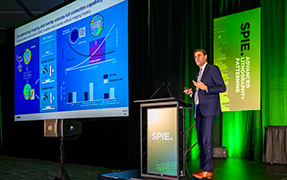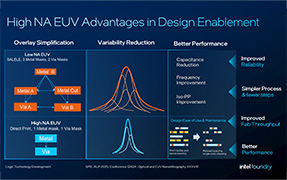Best papers of 2022 announced by SPIE Journal of Applied Remote Sensing

BELLINGHAM, Washington, USA — The Journal of Applied Remote Sensing (JARS) has honored four of its best papers published in 2022. The awards recognize the journal’s best student paper, as well as papers in interdisciplinary applications, theoretical innovation, and photo-optical instrumentation and design.
JARS is published online in the SPIE Digital Library by SPIE, the international society for optics and photonics, and optimizes the communication of concepts, information, and progress among the remote-sensing community. Ni-Bin Chang, professor of civil, environmental, and construction engineering at the University of Central Florida, is the journal’s Editor-in-Chief.
“Optical and SAR image fusion method with coupling gain injection and guided filtering,” by Yukai Fu, Shuwen Yang, Heng Yan, Qing Xue, Zhuang Shi, and Xiaoqiang Hu of Lanzhou Jiaotong University, China, was selected for the Best Student Paper. Their research proposed a fusion method of optical and SAR remote sensing images that couples a gain injection method and a guided filter.
“Marine aerosols produced by ocean internal waves,” by James H. Churnside of the Cooperative Institute for Research in Environmental Sciences at the University of Colorado Boulder and NOAA Chemical Sciences Lab, Brian Concannon of the Naval Air Warfare Center Aircraft Division, and James R. Thompson of The MITRE Corporation, was selected for Interdisciplinary Applications. The paper concludes that internal waves affect aerosol production over the ocean under certain environmental conditions.
“Daily monitoring algorithms to detect geostationary imager visible radiance anomalies,” by David R. Doelling and Rajendra Bhatt of NASA Langley Research Center, and Conor Haney, Benjamin Scarino, and Arun Gopalan of Science Systems and Applications, Inc., was selected for Theoretical Innovation. Their study presented daily monitoring algorithms designed to detect certain near-real-time GOES-16 imager anomalies.
“Multiple-instrument-based spectral irradiance of the Moon,” by Hugh H. Kieffer of Celestial Reasonings was selected for Photo-Optical Instrumentation and Design. The paper presents a methodology for incorporating multiple sources of information on lunar spectral irradiance that was applied to generate an improved lunar model useful for instrument radiometric calibration.
“Together, these winning papers showcase the breadth of the remote-sensing field as well as its latest innovations,” said Chang. “And with the inclusion of our relatively new best student paper awardees, we are hearing from the next generation alongside our most experienced scientists.”
The SPIE Digital Library, the world's largest collection of optics and photonics applied research, comprises more than 590,000 publications.
About SPIE
SPIE, the international society for optics and photonics, brings engineers, scientists, students, and business professionals together to advance light-based science and technology. The Society, founded in 1955, connects and engages with our global constituency through industry-leading conferences and exhibitions; publications of conference proceedings, books, and journals in the SPIE Digital Library; and career-building opportunities. Over the past five years, SPIE has contributed more than $22 million to the international optics community through our advocacy and support, including scholarships, educational resources, travel grants, endowed gifts, and public-policy development. www.spie.org.
Contact:
Daneet Steffens
Public Relations Manager
daneets@spie.org
+1 360 685 5478
@SPIEtweets



